Rose Of Sharon Winter Care: Preparing Rose Of Sharon For Winter


Hardy in zones 5-10, rose of sharon, or shrub althea, allows us to grow tropical looking blooms in non-tropical locations. Rose of sharon is usually planted in the ground but it can also be grown in containers as a lovely patio plant. One problem with growing rose of sharon in a pot is that it can get quite large, with some species growing up to 12 feet (3.5 m.). Another problem with rose of sharon in pots is that it may not be able to survive harsh winters without suitable care. That said, winter care for rose of sharon planted in the ground may be required. Continue reading to learn more about overwintering rose of sharon.
Preparing Rose of Sharon for Winter
While generally we are not thinking about winter in July, it’s important to know not to fertilize these shrubs after this month. Fertilizing too late in summer can cause tender new growth to grow, which can be damaged by frost later. It also wastes the plant’s energy on this new growth, when it should be putting energy into developing strong roots that can withstand the winter chill. Rose of sharon plants bloom in late summer to early autumn. In October, the flowers fade and develop into seed pods. The seeds that develop are a source of winter food for goldfinches, titmice, cardinals, and wrens. The remaining seeds drop close to the parent plant in the winter and may germinate in spring, creating colonies of the shrub. To prevent unwanted plants, deadhead rose of sharon flowers in late fall. You can also collect these seeds for later plantings by putting nylon pantyhose or paper bags over the developing seed pods. When the pods split open, the seeds will be caught in the nylon or bags.
Rose of Sharon Winter Care
In most zones, preparing rose of sharon for winter is not necessary. In zone 5, though, it's a good idea to add a heap of mulch over the plant crown for protecting rose of sharon in winter. Potted rose of sharon may need winter protection as well. Either heap mulch or straw over potted plants or wrap with bubble wrap. It’s most important that the plant crown be protected in colder climates. Protecting rose of sharon in winter when it’s planted in areas of high wind may also be necessary. Since rose of sharon blooms on new wood, you can lightly prune, as needed, throughout the year. Any heavy pruning should be done as part of your rose of sharon winter care regiment in February and March. Rose of sharon leafs out later in spring than many other shrubs, so if you cannot get out to prune it in February or March, just do it before new growth begins in spring. Do not do heavy pruning of rose of sharon in autumn.
Gardening tips, videos, info and more delivered right to your inbox!
Sign up for the Gardening Know How newsletter today and receive a free copy of our e-book "How to Grow Delicious Tomatoes".
-
 Try The Trend – Turn Any Bed Into A Keyhole Garden With This Clever In-Ground Composter
Try The Trend – Turn Any Bed Into A Keyhole Garden With This Clever In-Ground ComposterKeyhole gardening is an efficient and sustainable practice that saves space. Get started on this DIY project quickly and easily with an in-ground composter.
By Bonnie L. Grant
-
 4 Superfast Composting Methods: Turn Waste Into Garden Gold In 30 Days Or Less
4 Superfast Composting Methods: Turn Waste Into Garden Gold In 30 Days Or LessTry the fastest composting methods to turbocharge your pile and transform kitchen scraps and garden waste into finished compost in just a few weeks.
By Mary Ellen Ellis
-
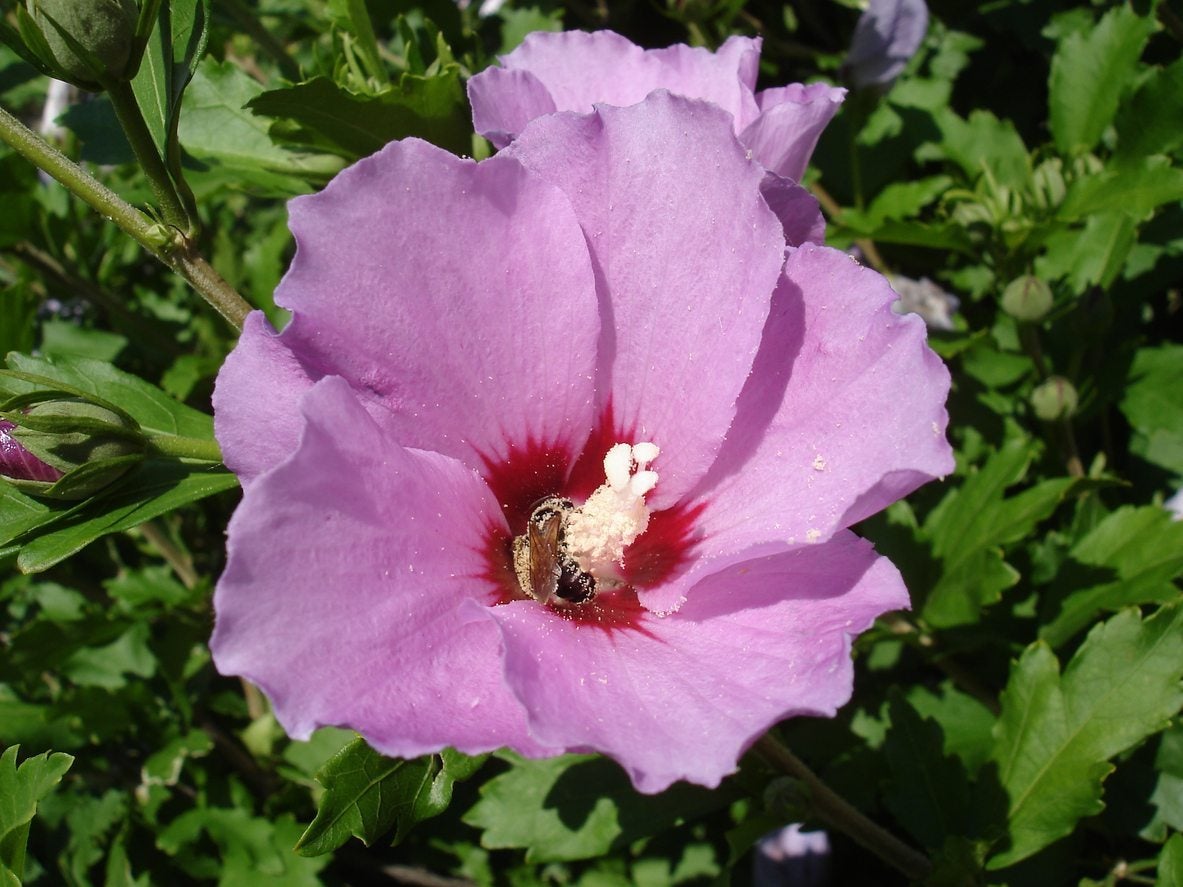 Rose Of Sharon Problems - Dealing With Common Althea Plant Issues
Rose Of Sharon Problems - Dealing With Common Althea Plant IssuesRose of sharon, or althea shrubs as they are commonly called, are usually low maintenance, reliable bloomers in zones 5-8. However, like any other landscape plants, rose of sharon can experience problems with specific pests or diseases. Learn more here.
By Darcy Larum
-
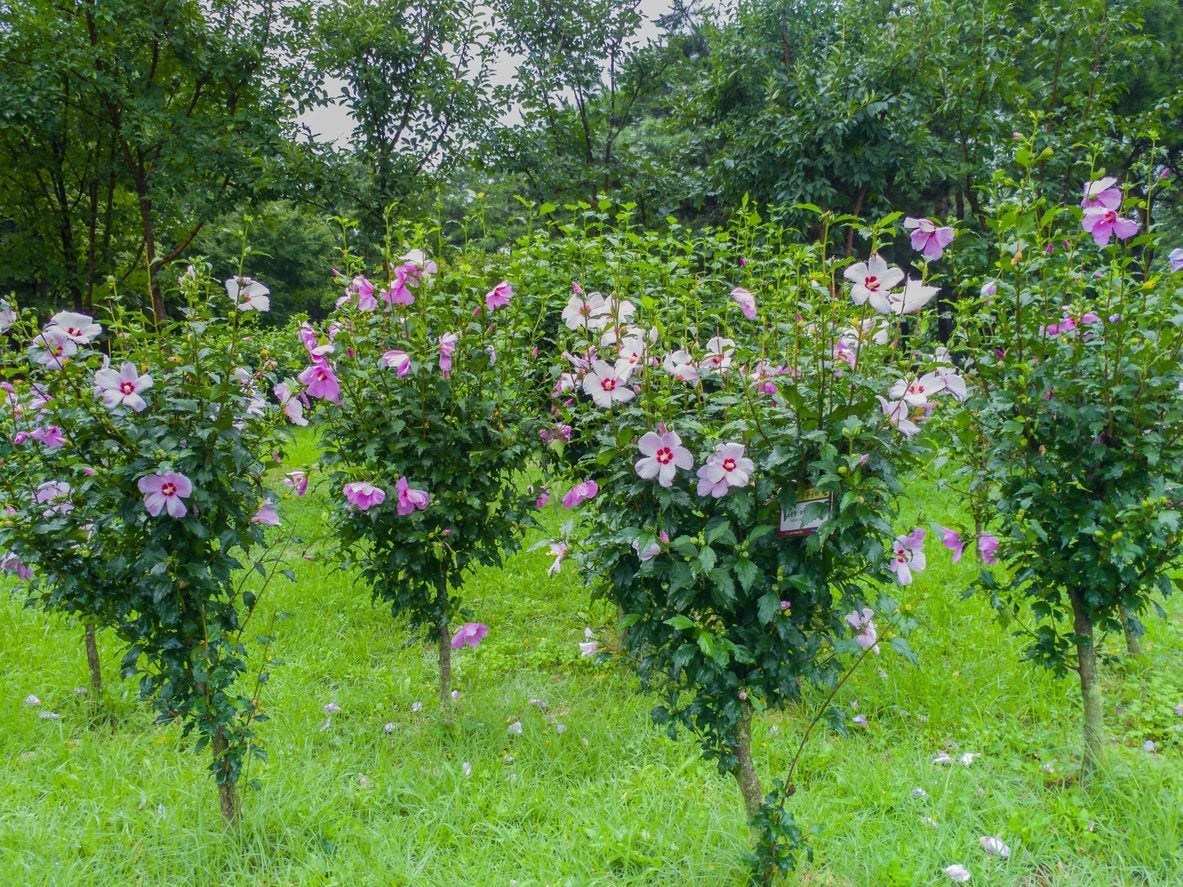 Rose Of Sharon Fertilizer Guide: Learn How To Feed An Althea Plant
Rose Of Sharon Fertilizer Guide: Learn How To Feed An Althea PlantSometimes, as gardeners, the things we do to try to help our plants can actually harm them. For example, rose of sharon shrubs can be very sensitive to over-fertilizing. Learn how to fertilize an althea shrub correctly in this article.
By Darcy Larum
-
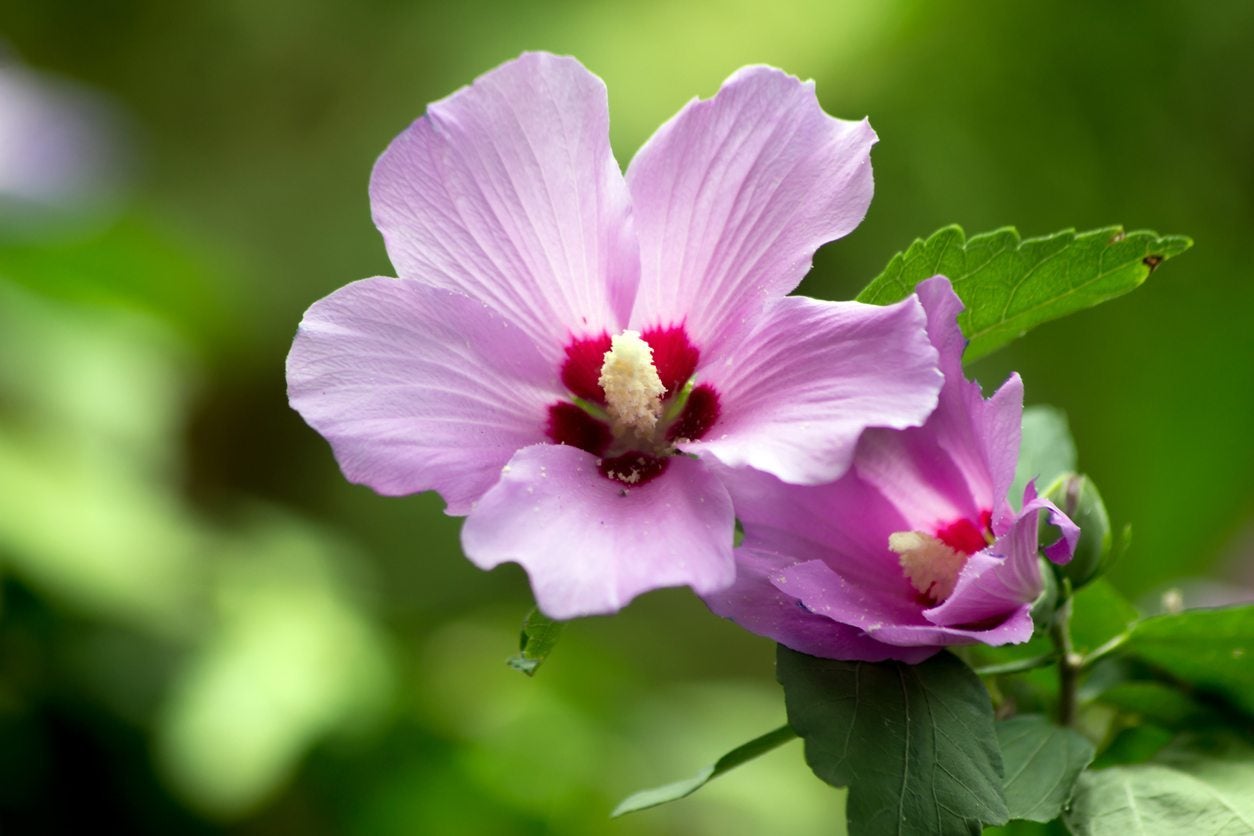 My Rose Of Sharon Is Not Blooming – Reasons For No Rose Of Sharon Flowers
My Rose Of Sharon Is Not Blooming – Reasons For No Rose Of Sharon FlowersA rose of sharon without blossoms is just a nice shrub. If you aren?t seeing any flowers on your rose of sharon, there is likely a simple problem that can be solved, although it may not be until next year that it blooms again. Learn more in this article.
By Mary Ellen Ellis
-
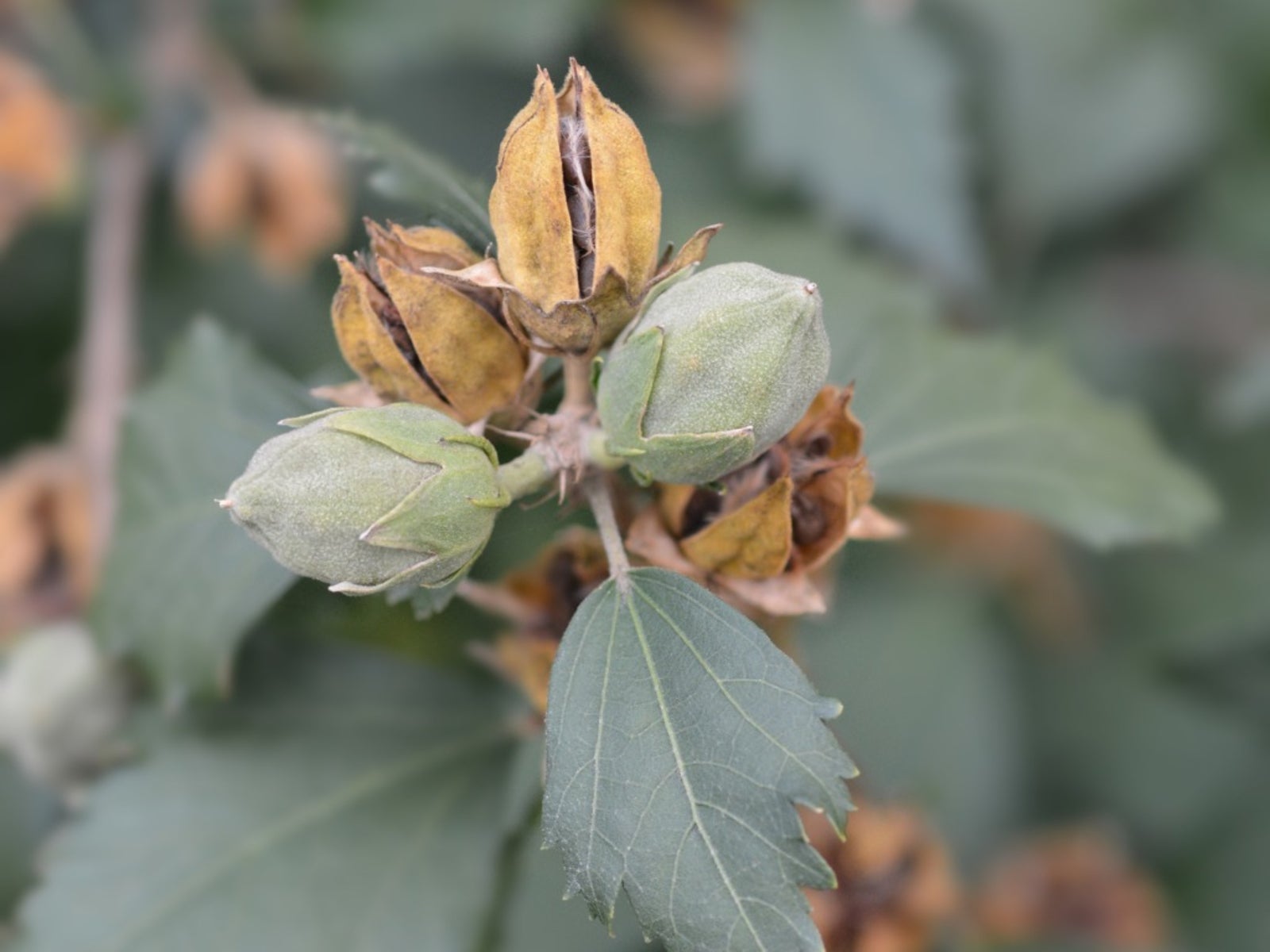 Rose Of Sharon Seed Propagation: Harvesting And Growing Rose Of Sharon Seeds
Rose Of Sharon Seed Propagation: Harvesting And Growing Rose Of Sharon SeedsAlthough rose of sharon commonly reseeds itself, if you're interested in growing your own plants, it is possible to harvest rose of sharon seeds for growing. Learn how to harvest rose of sharon seeds for propagation in this article.
By Darcy Larum
-
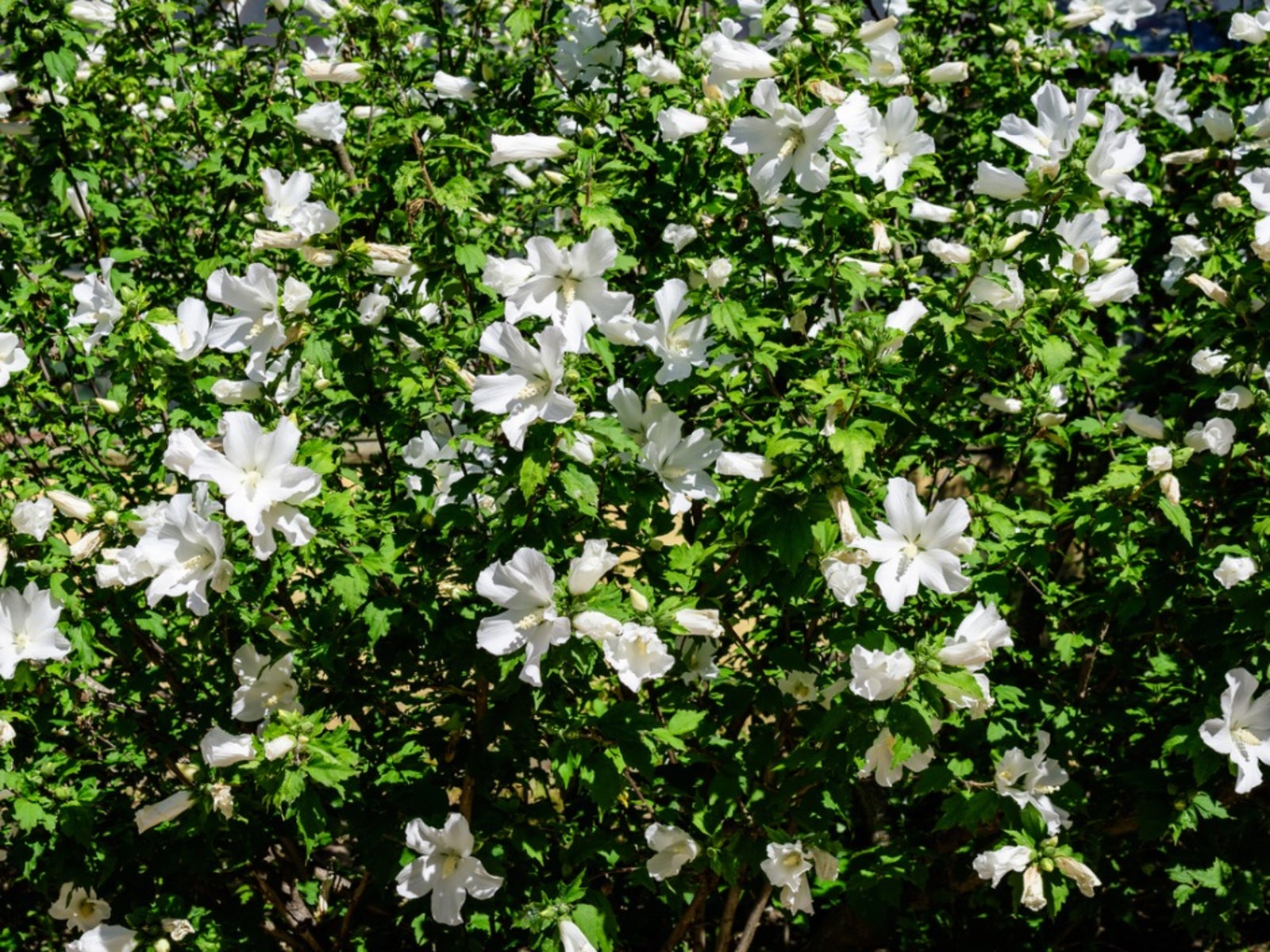 Is Rose Of Sharon Invasive – How To Control Rose Of Sharon Plants
Is Rose Of Sharon Invasive – How To Control Rose Of Sharon PlantsWhen you want to learn how to control rose of Sharon, remember that prevention is always easier than cure. Click here for tips on limiting rose of Sharon growth rate and what to do if your rose of Sharon is out of control.
By Teo Spengler
-
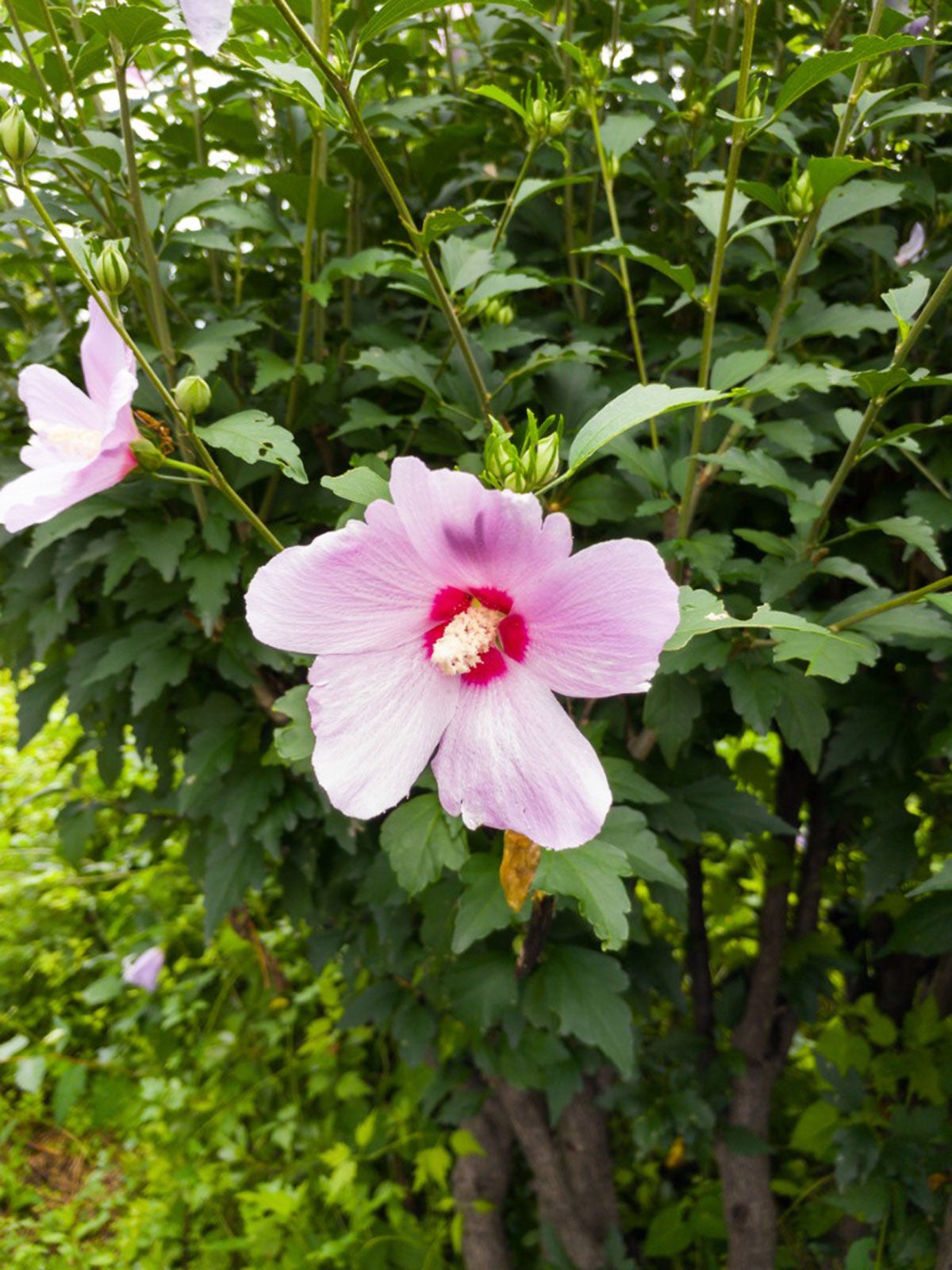 Moving Rose Of Sharon – How To Transplant Rose Of Sharon Shrubs
Moving Rose Of Sharon – How To Transplant Rose Of Sharon ShrubsWith a stiff, upright habit and open branches, rose of Sharon works in both informal and formal garden arrangements. Transplanting a rose of Sharon shrub is not difficult. Click this article for tips on how and when to transplant this shrub.
By Teo Spengler
-
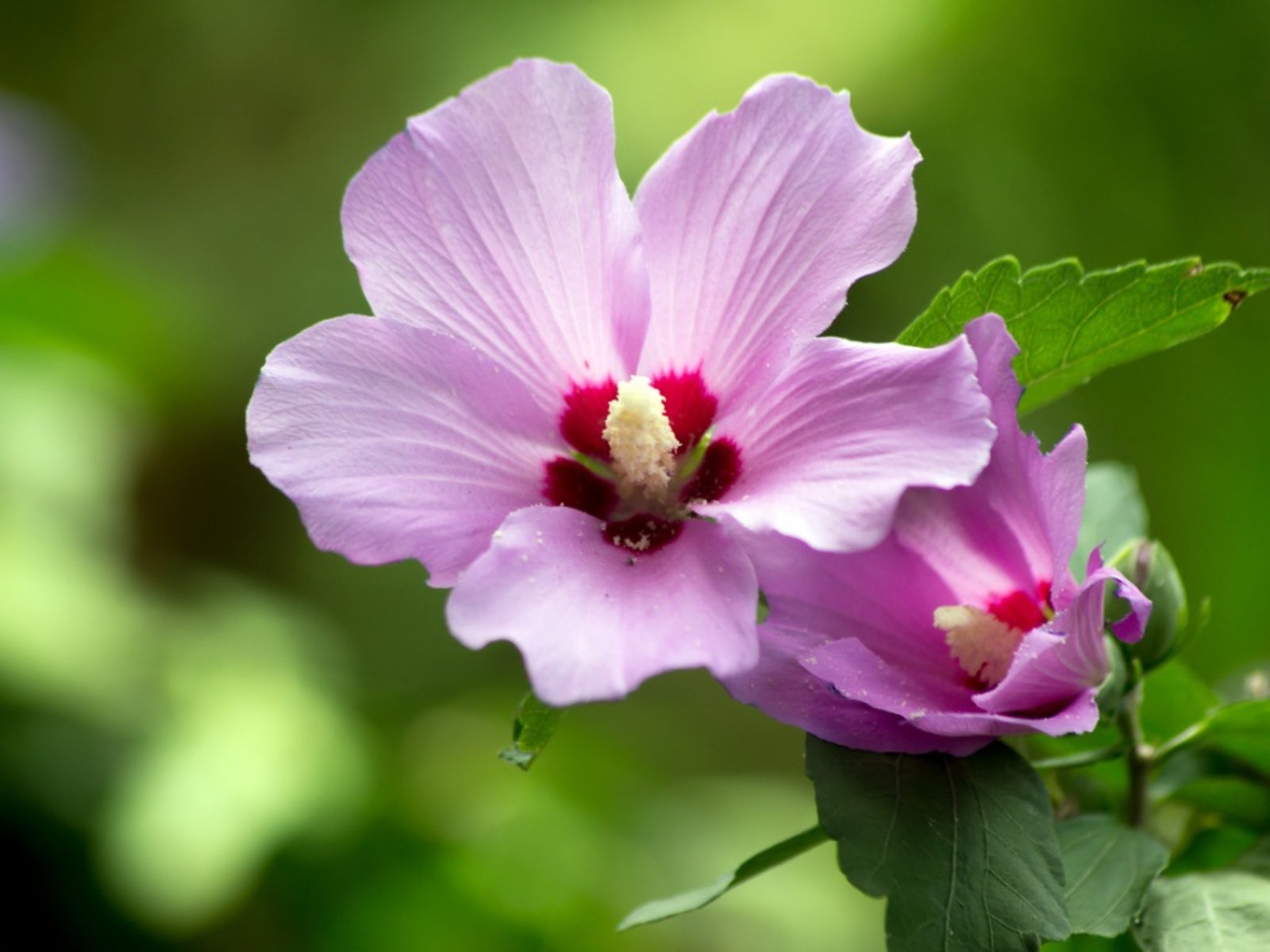 Rose Of Sharon Companion Plants: What To Plant Near To Rose Of Sharon
Rose Of Sharon Companion Plants: What To Plant Near To Rose Of SharonBecause rose of Sharon is rather uninteresting for much of the season, selecting plants that grow well with it can help. This article provides a few great rose of Sharon companion planting ideas. Click here for more information.
By Mary H. Dyer
-
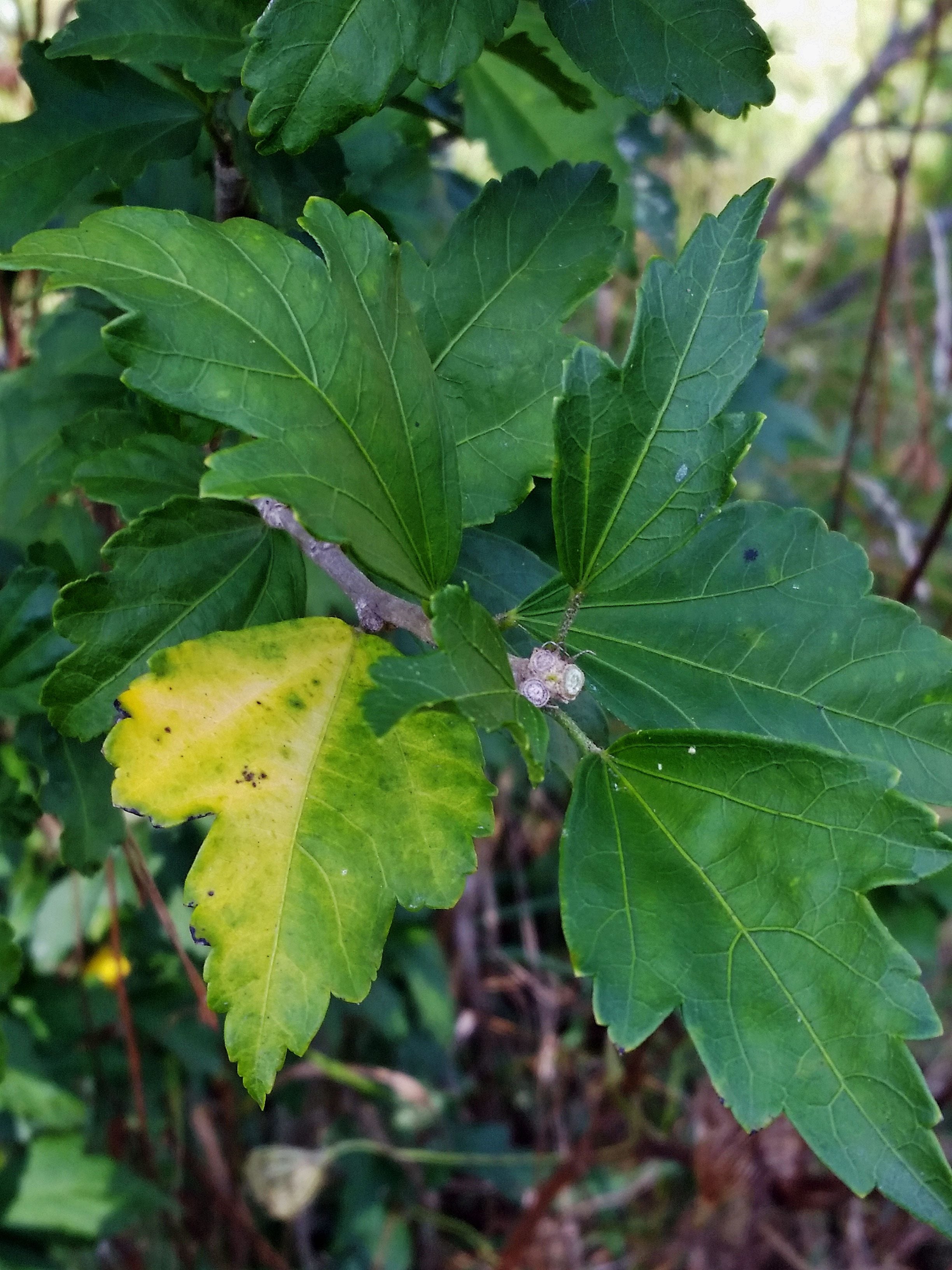 Yellowing Rose Of Sharon Leaves – Why Rose Of Sharon Has Yellow Leaves
Yellowing Rose Of Sharon Leaves – Why Rose Of Sharon Has Yellow LeavesIf you notice your rose of Sharon has yellow leaves, you're understandably perplexed about what has befallen this trusty, late summer bloomer. Click this article to learn a few of the most common reasons for rose of Sharon leaves turning yellow.
By Mary H. Dyer